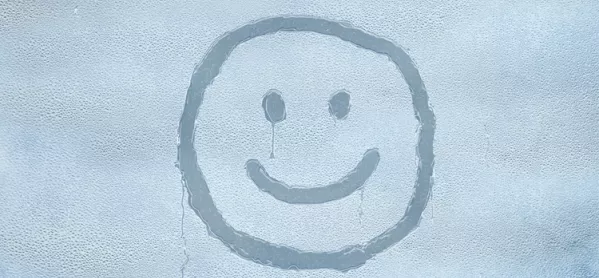Teachers should use smileys and other emoji in their communications with students, a study suggests.
University of Edinburgh researchers found that use of emoji, such as the smiley, made it more likely that students would respond well to a task - although it might also make students doubt their teacher’s competence.
The study - entitled “Smile(y) - and your students will smile with you? The effects of emoticons on impressions, evaluations and behaviour in staff-to-student communication” - has been published in Studies in Higher Education. It was carried out with university students but researcher Ben Marder said the findings were equally relevant to school teachers as lecturers.
To emoji or not to emoji? Is there any hard proof of the effect of emoji on learning?
Sad face: ‘Don’t simplify complex Shakespeare with emoji’
Long read: The idea that teachers can convey more with emoji than words alone ‘is far from outlandish’
“Teachers now are communicating through technology with a different breed of students: highly tech-savvy, digital natives who are fluent in online messaging,” said Dr Marder, a senior lecturer at the University of Edinburgh’s business school and an expert on social media.
“For these students, the use of emoji, such as the smiley, is second nature as a means to communicate emotion in their instant messages and emails with their peers and likely family.
Emoji put a smile on students’ faces
“Our research has found that educators communicating using smileys with students are overall perceived as warmer, more likely to receive a positive evaluation and will be more influential with students.”
Dr Marder added: “Simply, as teachers are encouraged to smile when speaking to their students, they should also smile at them through emails. In a world of social media, the norm of computer-mediated communication has shifted to become more social, adapting to this norm is necessary for teachers wishing to build stronger relationships with their students.”
Dr Marder accepted that critics might see the use of emoji as “not professional”, but stressed that in other professional contexts - such as politics and branding - they had become commonplace, and that education should follow suit.
The use of emoji in education has caused some controversy, as when it emerged that a growing number of teachers were using them to help children engage with Shakespeare.
The new University of Edinburgh research report notes that emoji are a “potentially a double-edged sword in forming desired impressions in the minds of students, increasing perceived warmth but also decreasing perceived competence of the sender”.
However, it adds that, generally, the research found that “emoticon use increases perceived warmth, which outweighs decrease in perceived competence of university staff”.
Dr Marder said: “Essentially, when communicating with students who are digital natives we as staff need to communicate in a manner that they are familiar with to build a healthy relationship.
“Our research finds that the use of smileys in emails and assessment feedback increases perceptions of the sender, course evaluations and the likelihood that students will act favourably when asked to carry out a task.”




